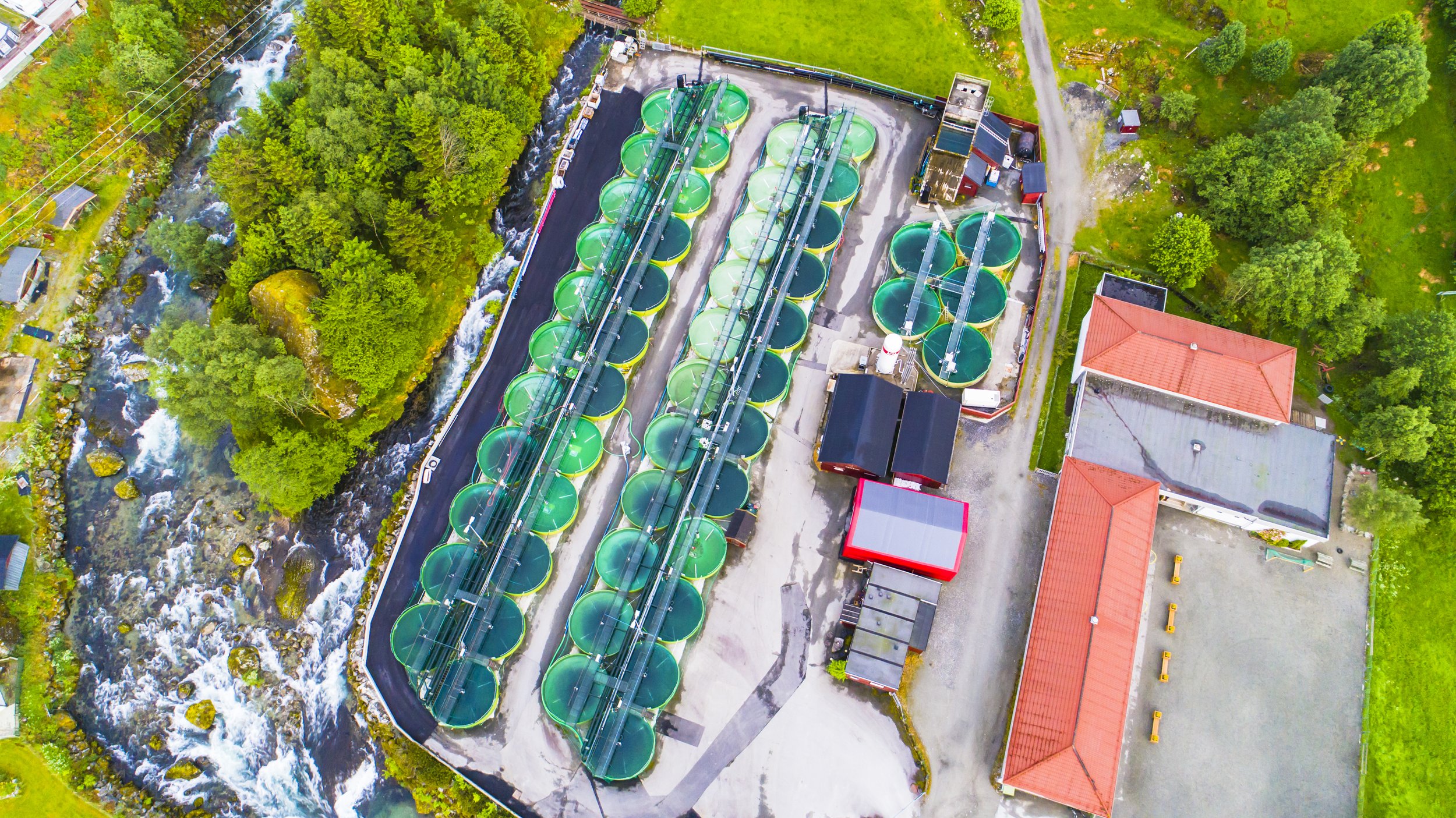Atlantic Salmon despite not being the highest volume farmed fish species (around 2.7 million tonnes farmed in 2020) it is the most valuable among the farmed fish species with roughly $15 billion in production value in 2020 alone.
Furthermore, the salmon sector shows stable volume growth with a 6.6% compound annual growth rate (CAGR) in the past decade.
Growing volumes and rising salmon prices, plus the increasing consumer demand for high quality high value salmon products (like fresh fillet) suggest that salmon will remain one of the most important farmed aquatic species in the upcoming years too.
Salmon farming is also heavily supported by technological innovations such as the utilization of IoT sensoric solutions and big data analytics to further improve the yields and profitability of the industry.
Hatch is proud to have deep, sector wide connections to producers and innovators, so we can always keep up with new cutting edge solutions and give first hand evaluation regarding the major technological trends.
Having colleagues and our office in Norway (Bergen) gives us an opportunity to stay in the heart of salmon production.
Norway is the #1 producer with more than 50% of global production in atlantic salmon.
The main Norwegian producers also have a leading role in using technology and innovation.
The 2nd biggest producer, Chile is also showcasing considerable production volumes and accounts for approximately 25-30% of global salmon farming.
The sector is quite concentrated as the 2 biggest producer countries account for 75% of global production.

Norway’s domestic consumption is naturally dwarfed by its production, hence most of the Norwegian salmon is for export. The majority of it is exported to the european markets in a head-on-gutted or fresh fillet form.
Overseas markets (such as the US or Japan) buy less in volume but often turn out to be high value markets as they import higher value product forms, like the fillet instead of the whole fish.
The most important european markets are Poland which buys mainly whole fish for processing purposes, France and Denmark. Thanks to our salmon expert team, we are able to analyze and explain these trends in trade volumes, prices, and changing markets.
Here at HIS we often deepdive into granular data but at the same time we use qualitative information from subject matter experts and industry players to truly answer complex business questions. We believe that the combination of data and in field expertise is the future of consulting services in any sector, not just aquaculture.
Below is a “mini business case” example reflecting changing consumer preferences in Japan, a high value market for salmon products.
Japan presents an interesting case, as whole fish imports from Norway gradually decreased while fresh fillet imports skyrocketed in the past decade. With the help of product and time series analysis we are able to see if it is a generic trend or uniquely applies only to Japan.
Complementing the data with local experts knowledge, qualitative industry insights and consumer preference analysis we can uncover the root causes of this change in consumption trends and make estimations about its likelihood to happen in other similarly high value markets.
Data is only as valuable as the insights you can infer from it. If you are interested in making aquaculture data work for your business, get in touch with us.
We have offices in Hawaii, Norway and Singapore and are available for projects worldwide.
